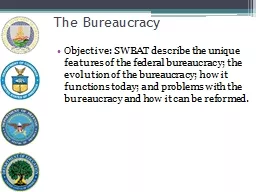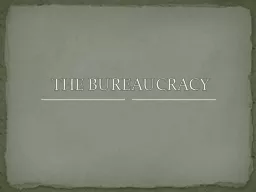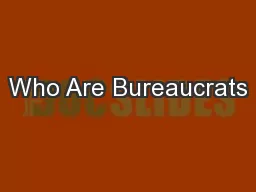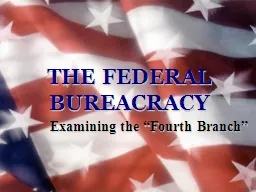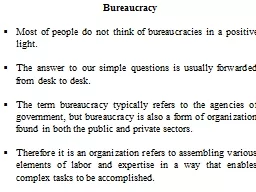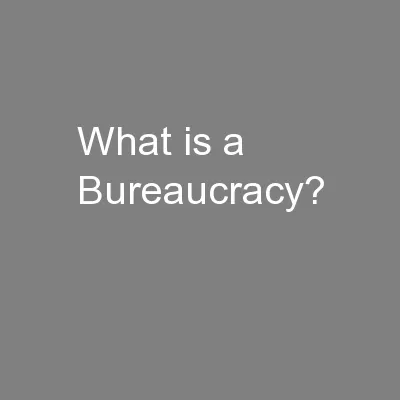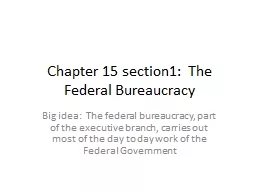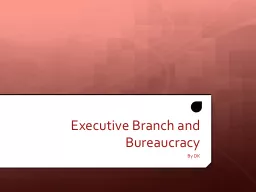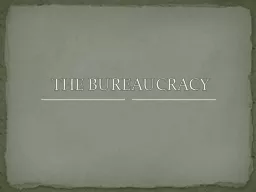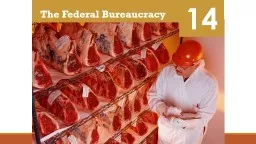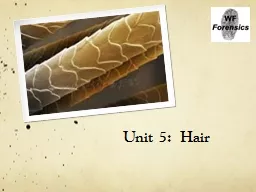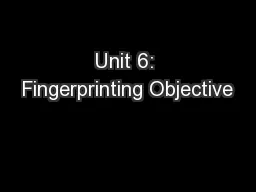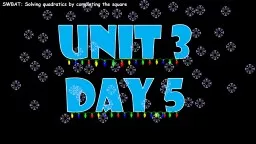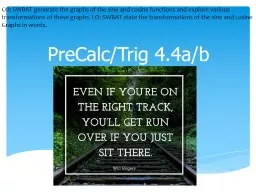PPT-The Bureaucracy Objective: SWBAT describe the unique features of the federal bureaucracy;
Author : faustina-dinatale | Published Date : 2018-11-21
WHO GOVERNS What happened to make the bureaucracy a fourth branch of American national government What are the actual size and scope of the federal bureaucracy
Presentation Embed Code
Download Presentation
Download Presentation The PPT/PDF document "The Bureaucracy Objective: SWBAT describ..." is the property of its rightful owner. Permission is granted to download and print the materials on this website for personal, non-commercial use only, and to display it on your personal computer provided you do not modify the materials and that you retain all copyright notices contained in the materials. By downloading content from our website, you accept the terms of this agreement.
The Bureaucracy Objective: SWBAT describe the unique features of the federal bureaucracy;: Transcript
Download Rules Of Document
"The Bureaucracy Objective: SWBAT describe the unique features of the federal bureaucracy;"The content belongs to its owner. You may download and print it for personal use, without modification, and keep all copyright notices. By downloading, you agree to these terms.
Related Documents

